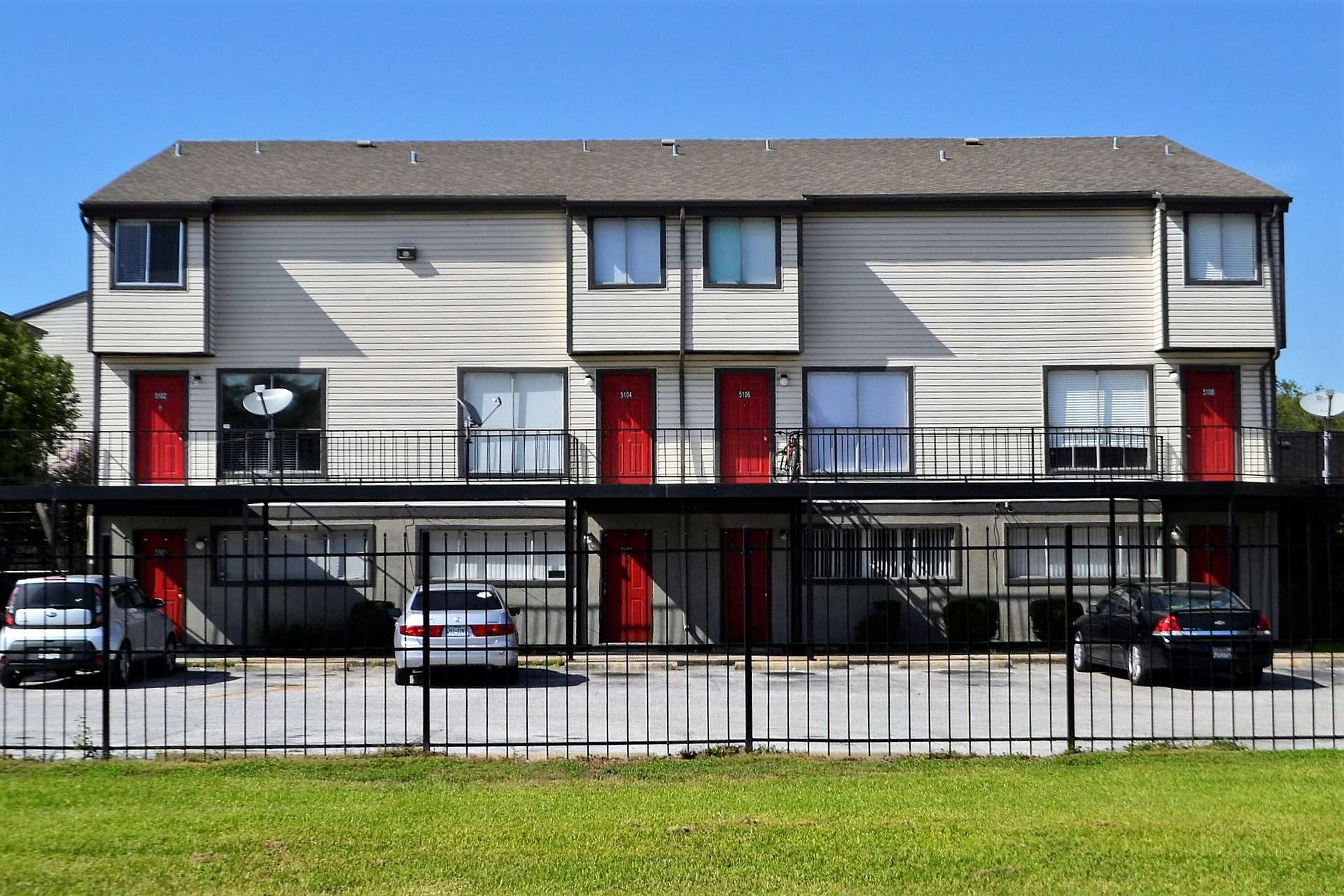
After 17 years with General Electric Capital, closing on more than $11 billion in transactions, Charles Rho was recruited by CBRE in 2014 to launch a new division for commercial business lending.
Big stuff, but the right man for the job.
Since then, Rho started his own lending firm, VelocitySBA, which has risen to the Top 50 out of 1,600 small business lenders in the United States. His next goal is to put VelocitySBA in the Top 5 nationwide of all small business lenders.

In a recent conversation with Jim Huang, President of eXp Commercial, Rho laid out advice about how any market – even a recession – can be navigated successfully, as long as you are prepared.
Here are the key points Charles Rho made about handling the coming market shift during his talk with Jim Huang:
We Are Entering a Recessionary Period Right Now
“If you look at all the indicators right now with the interest rate movement, inflation, GDP, you will see a general consensus that we are headed for a downturn. Top leaders in banking and other industries acknowledge this is happening. They’re tightening their expenses, starting to lay off employees as well. We've had a number of national banks lay off quite a few workers and really start to get ready for the recession. That's forthcoming,’’ he said.
“My view is that we will probably get into a recessionary period starting (in January 2023) through March. And I believe that the recession will last at a minimum probably 12 to 16 months. So for the next two years, I think we are headed for some tough times,’’ he said.
“That’s why being out in front of your customers, being out in front of your people and directing the organization by making sure you have controls in place will be absolutely critical.”
Understand Your Numbers, Have Control of Expenses and Cash Reserves
“As small business owners, whether you're brokers or you're representing a small business owner who's looking to purchase another small business or looking to purchase real estate, we all need to prepare just as the larger institutions are preparing.
“I'm not advocating that we go out and lay off a bunch of folks, but we do need to understand our numbers. We need to have good control of our expenses, good control of our cash reserves to make sure that we are prepared for the next 12, 18 and 24 months. That may be a bit of a challenging time for all of us.”
GE Capital Taught Rho How To Be Nimble
“While GE is a huge conglomerate, the reason GE was very successful, including GE Capital Businesses, was that each business unit was its own balance sheet. Each business was able to operate like a small business. We were able to react quickly. We were able to pivot in the market based on market conditions. We were able to quickly launch products, and that entrepreneurial spirit was able to propel GE Capital's Businesses to become very specialized and to become No. 1 or No. 2 in their specialty finance area.”
Identify Your Strategic Advantage
Everyone needs a sound business plan when they launch, but Rho said that’s not enough.
“A business plan should be an ongoing process, updated on an annual basis so that you're always projecting out 3-to-5 years. This helps you to align your focus where you know and direct the business to where you need to go. This is what I do on an annual basis. Sometimes we update the business plan once or twice a year if we need to pivot because of a changing environment,’’ he said.
Identifying your strategic advantage is the key to developing your business plan.
“We all have competitors. And we all have to understand who our audience is. What is it that you're selling? And based on that, what is my strategic advantage? That is a key component that I sometimes see is missing from business owners. They don’t understand what their key advantage is and they don't understand who their competition is. That’s how to take a business to the next level. What is my strategic advantage?”
Review Everyone in Your Organization
Rho said ranking every employee based on their experience and skill set is a key part of creating a 3-to-5-year business plan. You have to know what their capacities are, what their potential is. These are the people upon whom your business plan rests. This is your team.
Always Consider Your Economic Climate
Given the projected downturn, Rho said it is critical to understand your profit and loss statement, and to have your cash-flow projections. Rho said he did that for his business, with scenarios that kept revenue “normal” to a worst-case scenario projecting a 50% downturn in revenue.
“You need to go through some case scenarios or assumptions. If there’s a downturn and my revenue falls off by 30%, what does that do to my cash? What if the revenue falls by 50%, how does that impact my cash flow, my income statement?”
Key Factors To Survive a Recession
Be liquid. Preserve cash. Understand your P&L and how your revenues may be impacted. You need to then understand how much cash and liquidity is needed to survive through a recession.
Expense control. If your revenues fall by 30%, are you able to maintain your expenses as it lies today or do you need to trim expenses?
Secure a line of credit. If you own real estate, if you own a business, Rho said you should “immediately secure a line of credit before the real estate devalues further.” Acting swiftly means you can secure credit against today’s values before your business potentially suffers a revenue decline.
Watch out for government stimulus: Depending on how deep the recession may get, the government could mirror its use of the SBA program during the Covid pandemic, when they introduced the CARES Act (Coronavirus Aid, Relief, and Economic Security Act) and PPP loans (Paycheck Protection Program).
Be opportunistic. If you expense control and secure credit, you will be able to be opportunistic and be able to transact on deals that may exist in the market, or create deals in the market.
When Banks See Distressed Portfolios, Tap Into SBA Lenders for Better Terms
Rho said commercial real estate agents should make sure their borrowers or buyers are prepared and ready to go.
“It happens in every recession. Bank lenders pull back from lending because they're concerned about their portfolio. They go into portfolio management mode, making sure their portfolio of loans stay healthy and that loans don't go delinquent,’’ he said.
Look for lenders who will continue to provide SBA financing during the downturn. These tend to be lenders willing to work within the community for more favorable terms.
“If you're financing the acquisition of a business, or you're looking for working capital equipment loans, those are going to be typically done on a 10-year term. Real estate is going to be a 25-year maximum term. What you'll notice if you're used to working with banks, bank loans have a much shorter term,’’ Rho said.
“The advantage of SBA loan is that you have a longer term and that allows the small business owner or the borrower to really reduce the monthly payment so that you can focus more cash flow into the business rather than into the debt payment.’’
Tips For Helping People Secure Loans From SBA Lenders
- Look for loans with no balloon, no need for refinancing and no prepayment penalty.
- SBA lenders look at the strength or weakness of the business owner and their ability to repay the loan. That includes the ability to service the debt and a credit score of 680 or above.
- Lenders examine a small business owner’s experience and want to see no criminal background, no bankruptcies.
- A detailed business plan is very important.
- Post-closing liquidity is necessary to ensure working capital for at least six to 12 months.
- Commercial real estate agents can direct customers seeking to start new or expand business to a Certified Public Accountant. Demonstrating a financial history via tax returns, personal financial statement, and there's an SBA application form 1919.
- Contact a volunteer at Score, a service of the U.S. Small Business Administration to help draw up a business plan.
“There are individuals at this Score program that mentor, that help write business plans and help secure financing based on the needs of the small business owners. So take a look at these resources. These are available for anyone who are interested in finding out about what all the resources are available through the federal agencies,’’ Rho said.
“There are also state agencies, like Calcap in California, or the Texas Economic Development office. There are resources,’’ Rho said.
Opportunities Exist for Businesses Positioned and Prepared to Play Offense
When real estate agents or business owners realize the market is shifting, Rho said there are plenty of ways to be prepared, like having a strategic plan and knowing what resources are out there.
“I think what's critically important is to really understand where your business is, where your operation resides today and where it needs to go in the next 12, 24 months, and 36 months. Take a look at what the potential downside and the upside can be during a recession. And I will tell all of you guys right now I am expecting a recession,’’ Rho said.
“But there are two ways you can play this, at least as a lending company: Hunker down and play defense, or try to play offense and look for opportunity. That means understanding what your strategy is and what’s your competition.Those who can control their expenses will survive through a recession. And not only will they survive, they will come out stronger and essentially your field of competitors will shrink in a recession.’’
Source: Lending Guru Charles Rho Gives Advice on How to Prepare During a Down Market
https://www.creconsult.net/market-trends/lending-guru-charles-rho-gives-advice-on-how-to-prepare-during-a-down-market/







